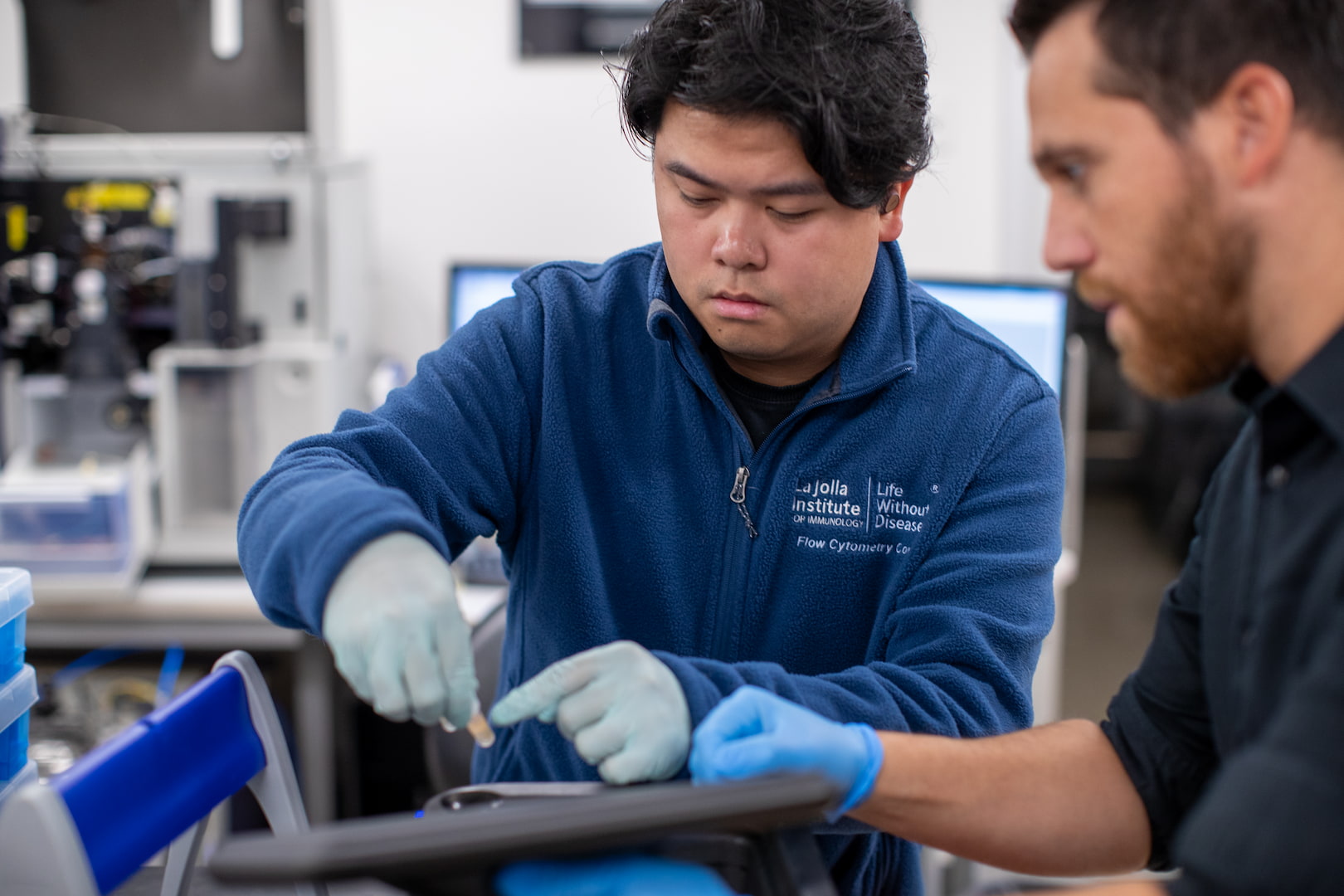Mycobacterium tuberculosis stubbornly tops the list of the world’s biggest infectious killers and, for decades, has successfully evaded all efforts to control it. For example, it is still unclear why individuals with previous active disease have a several-fold higher risk of becoming sick again.
Cecilia Lindestam Arlehamn discovered a set of M. tuberculosis T cell epitopes—small bacterial fragments “seen” by T cells—that was recognized at 10-fold lower levels in M. tuberculosis-infected individuals with a history of active tuberculosis. Interestingly, these epitiopes closely resembled fragments from bacteria found in the human microbiome. Lindestam-Arlehamn believes that this finding may reflect long-term effects of antibiotic treatment on the microbiome and may also have direct implications for the efficacy of tuberculosis vaccines.


